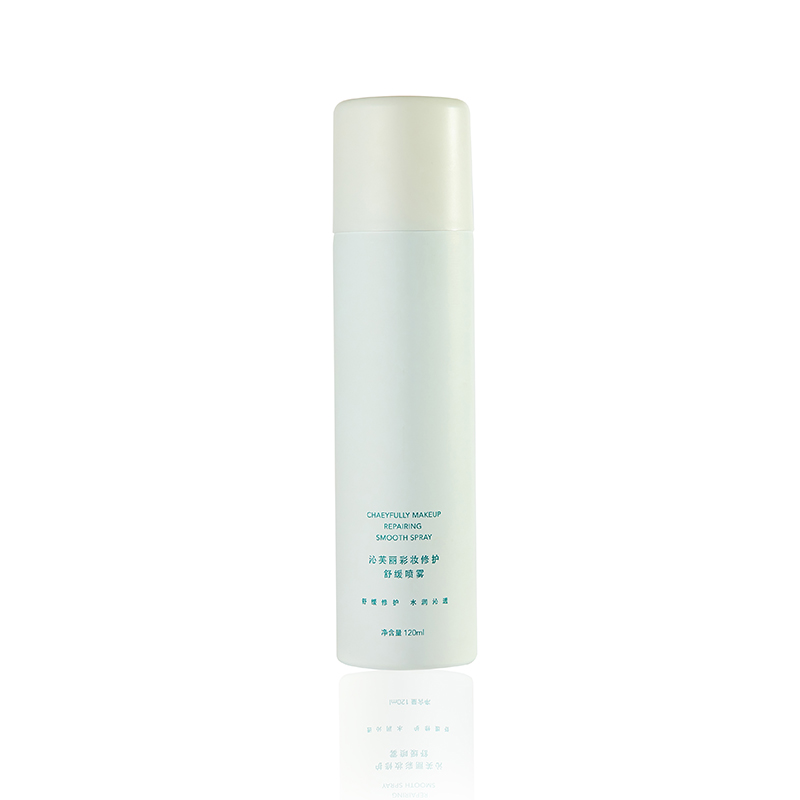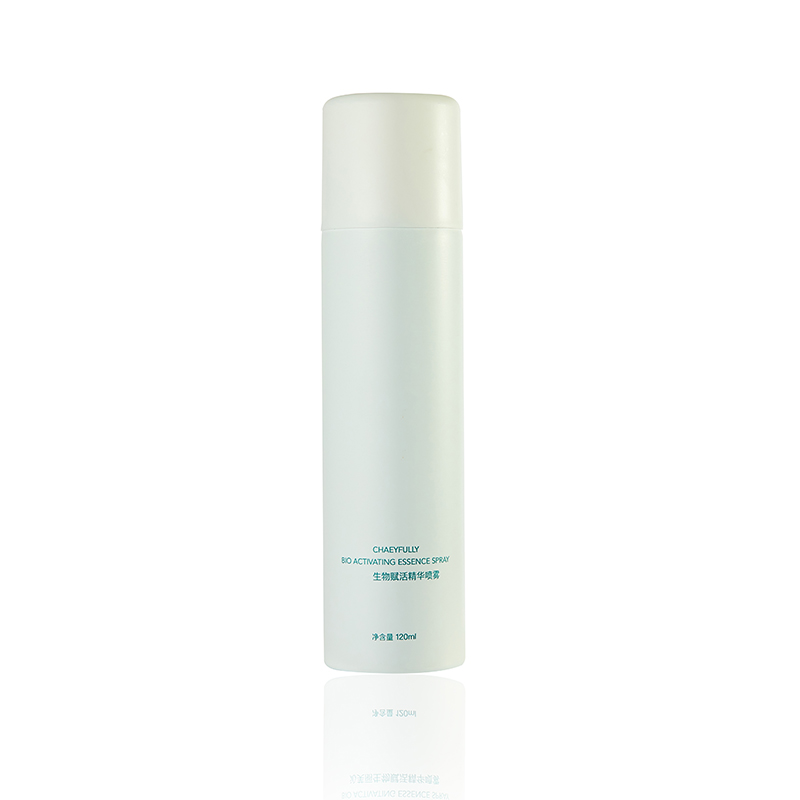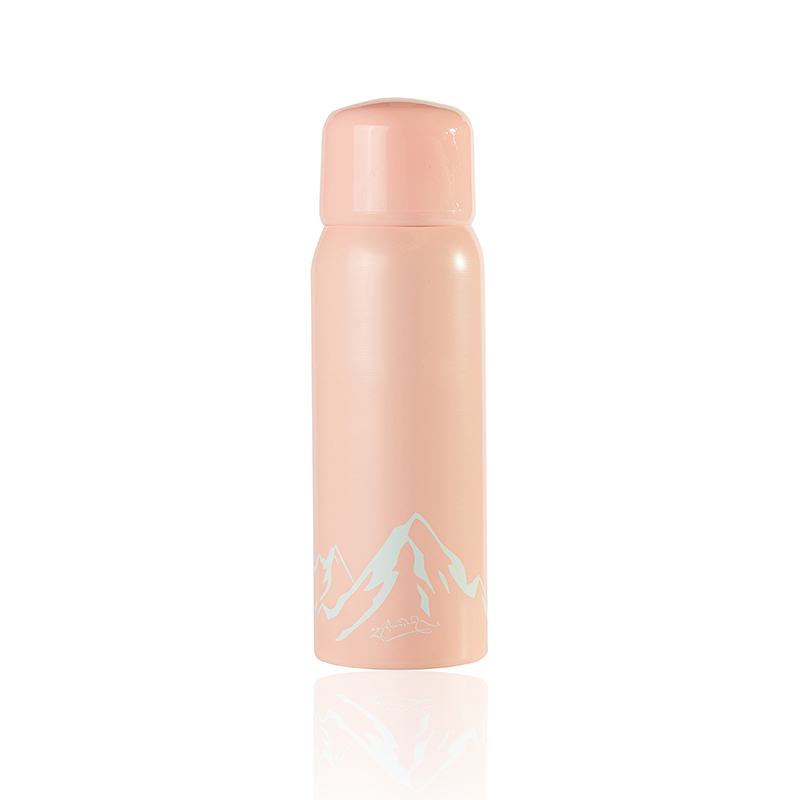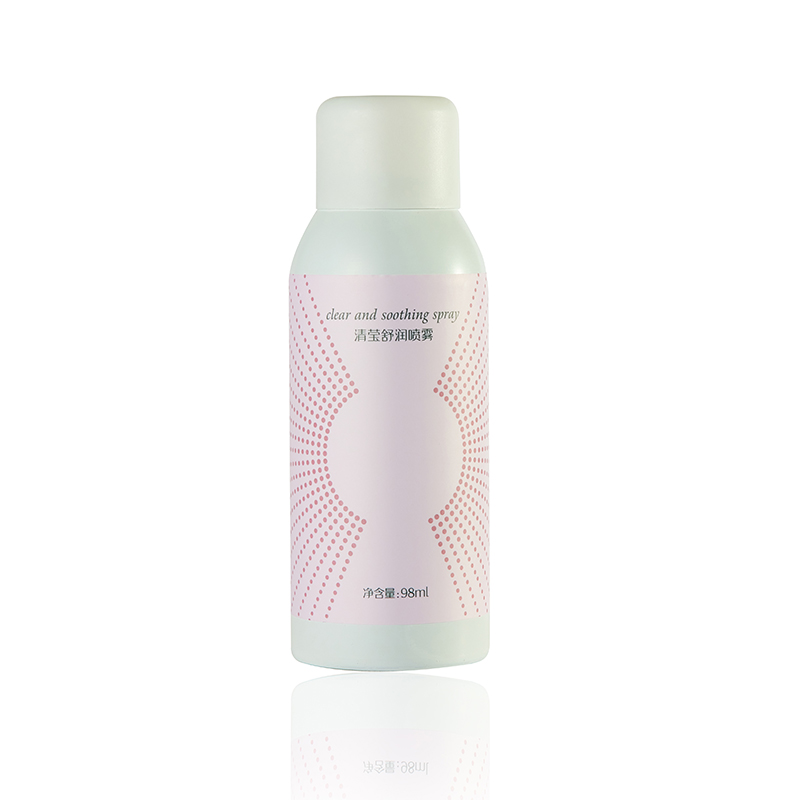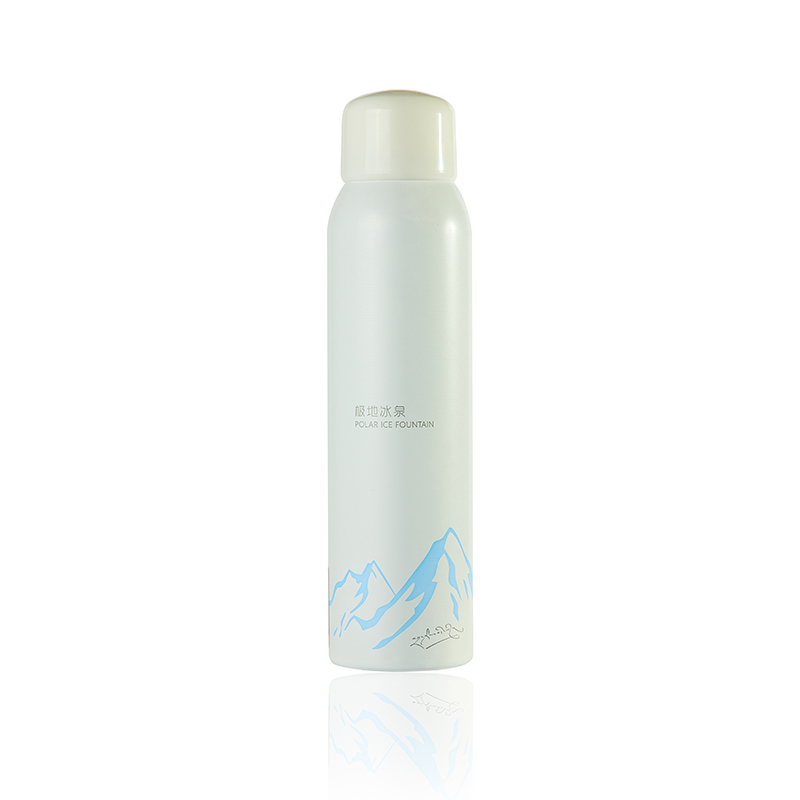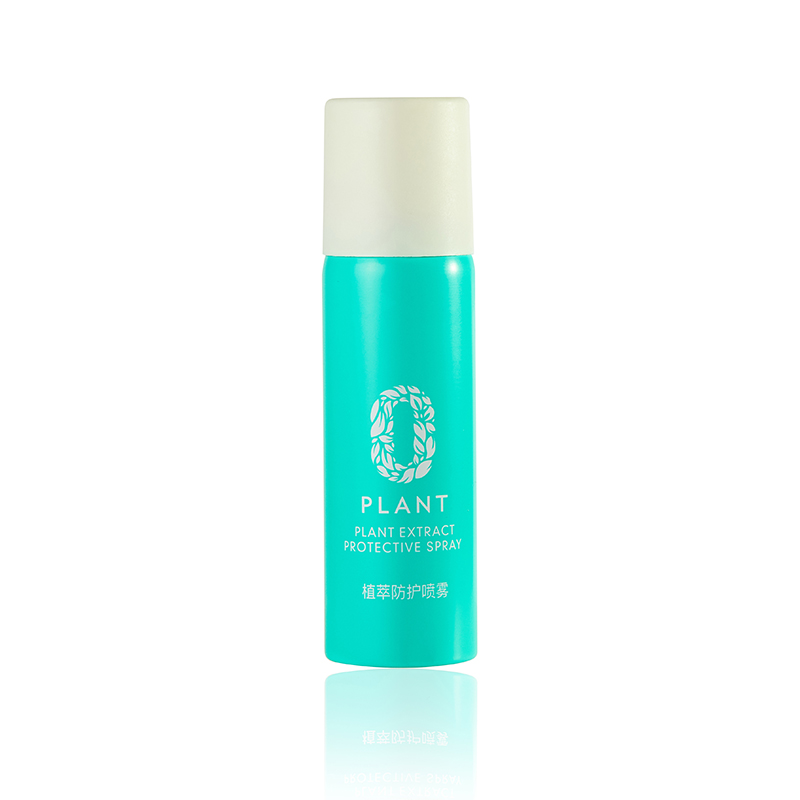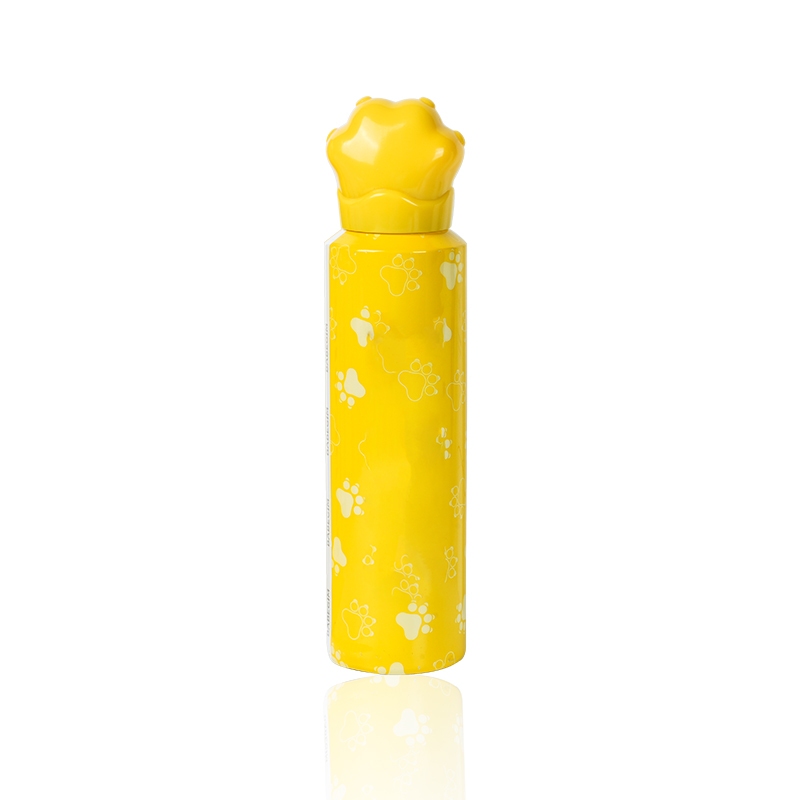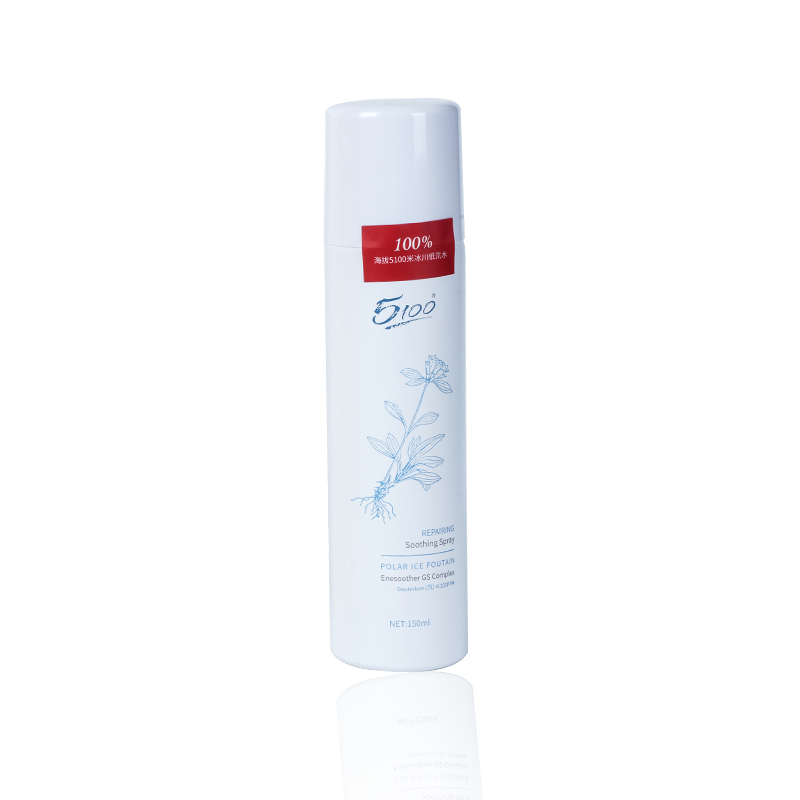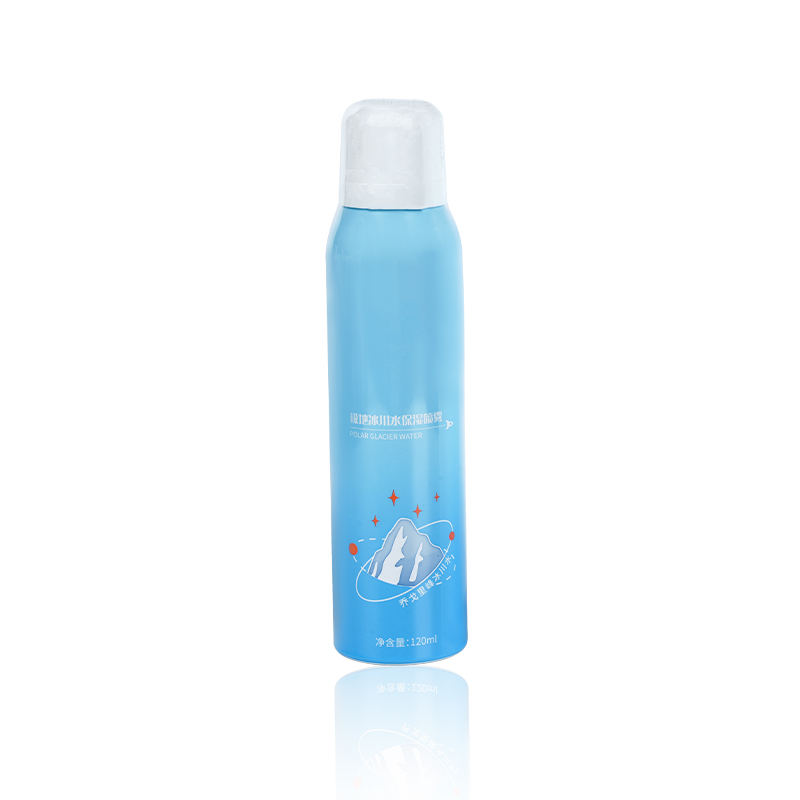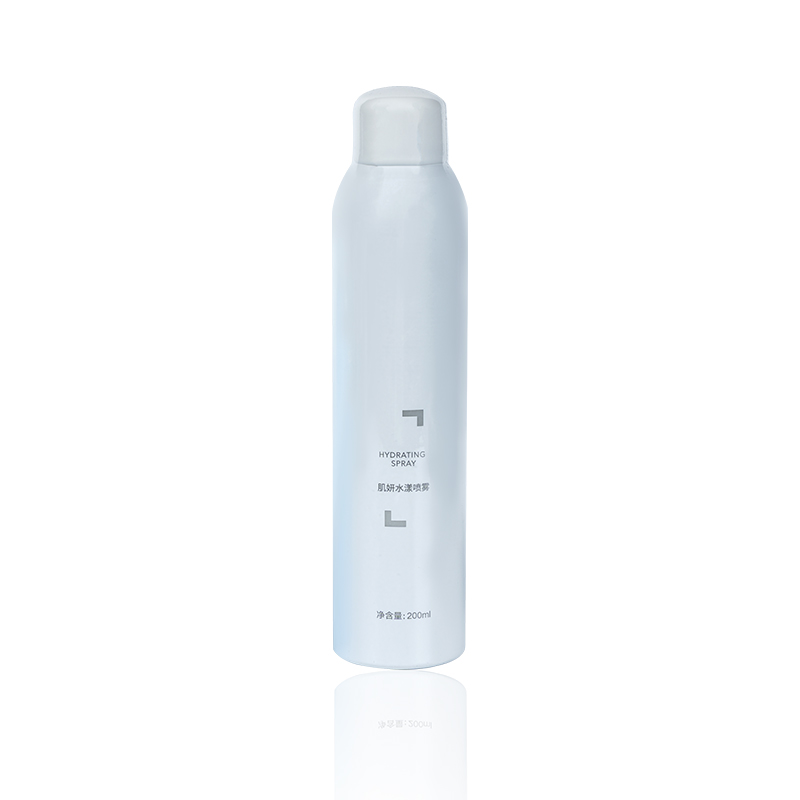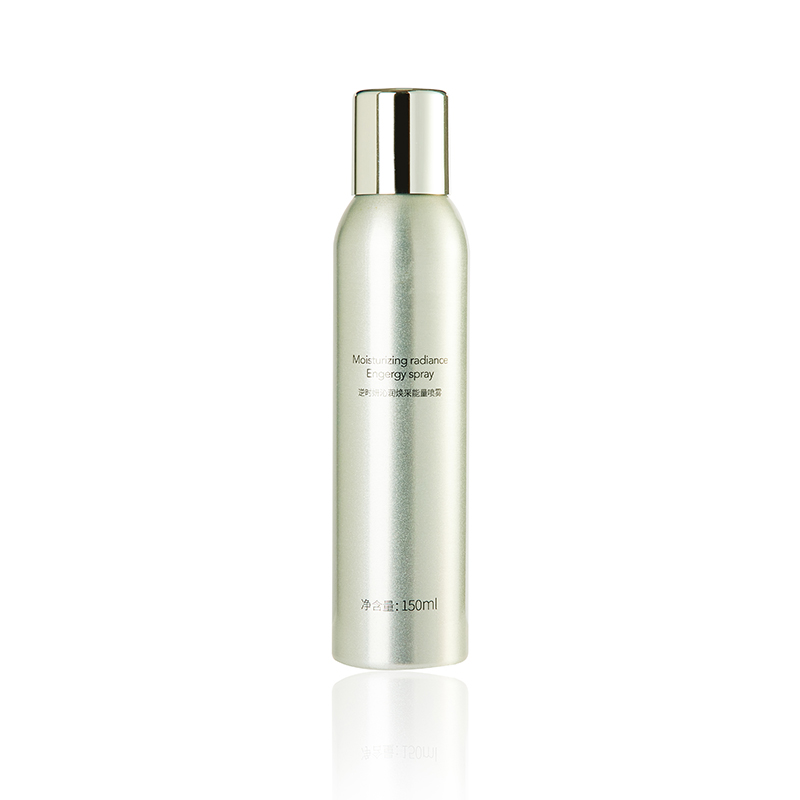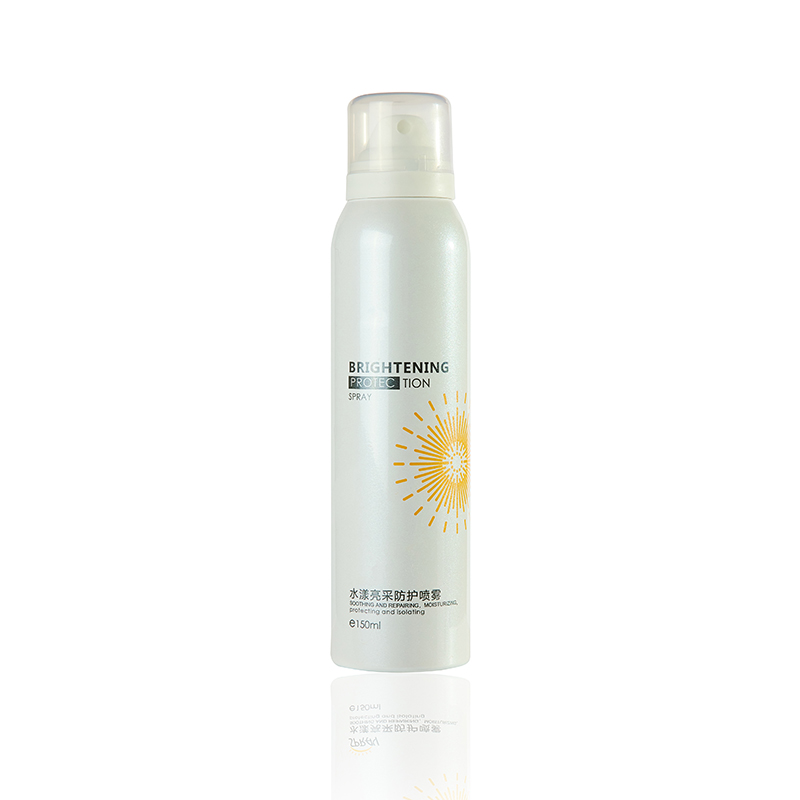Skincare can feel overwhelming, especially when it comes to the correct order of products and treatments. One of the most common questions people ask is: “Should I cleanse or exfoliate first?” The answer isn’t just about preference—it impacts how effective your routine will be and how your skin looks and feels.
In this guide, we’ll break down what cleansing and exfoliating do, the correct order to follow, and tips to maximize results without damaging your skin.
Understanding Cleansing and Exfoliating
What Cleansing Does
Cleansing is the foundation of any skincare routine. Its primary job is to:
Remove dirt, oil, and makeup
Clear away impurities from pollution
Prep your skin so it can absorb other products better
Without cleansing, exfoliation won’t be nearly as effective because dead skin cells and grime can block the action of exfoliants.
What Exfoliating Does
Exfoliation goes deeper than cleansing. It removes the top layer of dead skin cells that cause dullness, clogged pores, and uneven texture. There are two main types:
Physical exfoliation: Using scrubs or brushes to manually slough off dead cells.
Chemical exfoliation: Using acids (like AHA, BHA, or PHA) or enzymes to dissolve dead skin cells.
Exfoliation encourages cell turnover, helps skincare products penetrate better, and gives skin a fresh, radiant glow.
Should You Cleanse or Exfoliate First?
The short answer: Always cleanse first, then exfoliate.
Here’s why:
Cleansing Preps the Skin
Removing surface oils, dirt, and makeup ensures exfoliation can target dead skin cells directly without interference.
Exfoliants Work Best on Clean Skin
If you exfoliate first, you risk pushing grime deeper into your pores, leading to breakouts or irritation.
Better Absorption of Skincare Products
Clean skin plus proper exfoliation allows serums, moisturizers, and treatments to penetrate more effectively.
Think of cleansing as sweeping the floor and exfoliating as polishing it. You can’t polish a dirty floor effectively.
How to Properly Incorporate Cleansing and Exfoliation
Start with a Gentle Cleanser
Use a water-based or oil-based cleanser (depending on your skin type) to wash away surface impurities.
Exfoliate Second
For physical exfoliants, massage gently in circular motions.
For chemical exfoliants, apply with a cotton pad or your fingertips, avoiding overuse.
Moisturize and Protect
Follow up with a hydrating moisturizer to restore balance, and always use sunscreen during the day.
How Often Should You Exfoliate?
Normal/Combination skin: 2–3 times per week
Oily skin: 3–4 times per week (focus on chemical exfoliation)
Dry/Sensitive skin: 1–2 times per week with gentle exfoliants
Over-exfoliating can lead to irritation, redness, and damage to your skin barrier, so moderation is key.
Expert Tips for a Healthier Routine
Avoid exfoliating right after harsh treatments (like retinol or peels).
If your skin feels tight, burning, or overly dry—scale back.
Choose exfoliants suited to your skin concerns (e.g., salicylic acid for acne-prone skin, lactic acid for dullness).
Final Thoughts
To maximize the benefits of your skincare routine, cleanse first, then exfoliate. Cleansing clears the canvas, while exfoliation refines it, leaving your skin smoother, brighter, and more receptive to nourishing products.
Done correctly, this order can help prevent breakouts, improve texture, and give you that healthy glow everyone craves.

 English
English русский
русский Español
Español